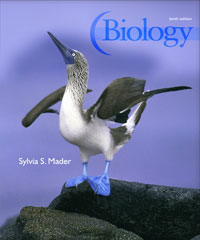1 A) water B) free oxygen C) carbon dioxide D) nitrogen 2 2 attaches to organic molecules, _____.A) they form polymers B) it breaks them apart C) they become radioactive D) they dissolve in water more easily 3 A) Miller B) Cuvier C) Wallace D) Watson and Crick 4 A) been reduced by free oxygen B) decayed C) accumulated in the oceans D) All of these 5 2 , as is speculated, then the first living organisms must have _______.A) been photosynthetic B) formed on land C) practiced fermentation (anaerobic metabolism) D) practiced glycolysis and cellular respiration 6 A) DNA B) the first cells C) a variety of amino acids D) ribosomes 7 A) eukaryotic B) photosynthetic C) heterotrophic D) All of these 8 A) RNA viruses that practice reverse transcription B) the fossil record C) comparing the DNA of humans and primates D) the features of mitochondria, which are similar to those of prokaryotic cells 9 A) microspheres B) lipsomes C) proteinoids D) clay 10 A) liposomes B) plasma membranes C) microspheres D) complex cells 11 A) lead B) copper C) sulfur D) iridium 12 A) club mosses, horsetails, and ferns B) cycads and other gymnosperms C) apelike and grazing mammals D) None of these 13 A) Cretaceous B) Carboniferous C) Devonian D) Pleistocene 14 A) Cretaceous B) Triassic C) Ordovician D) None of these 15 A) subduction zone B) volcano C) ocean trench D) transform boundary 16 A) Jurassic B) Carboniferous C) Precambrian D) Paleocene 17 A) Precambrian B) Carboniferous C) Silurian D) Devonian 18 A) paleontology B) meteorology C) plate tectonics D) driftology 19 A) chain of volcanic islands B) ocean trench C) mountain range D) ocean ridge 20 A) Ordovician B) Carboniferous C) Devonian D) Pleistocene





